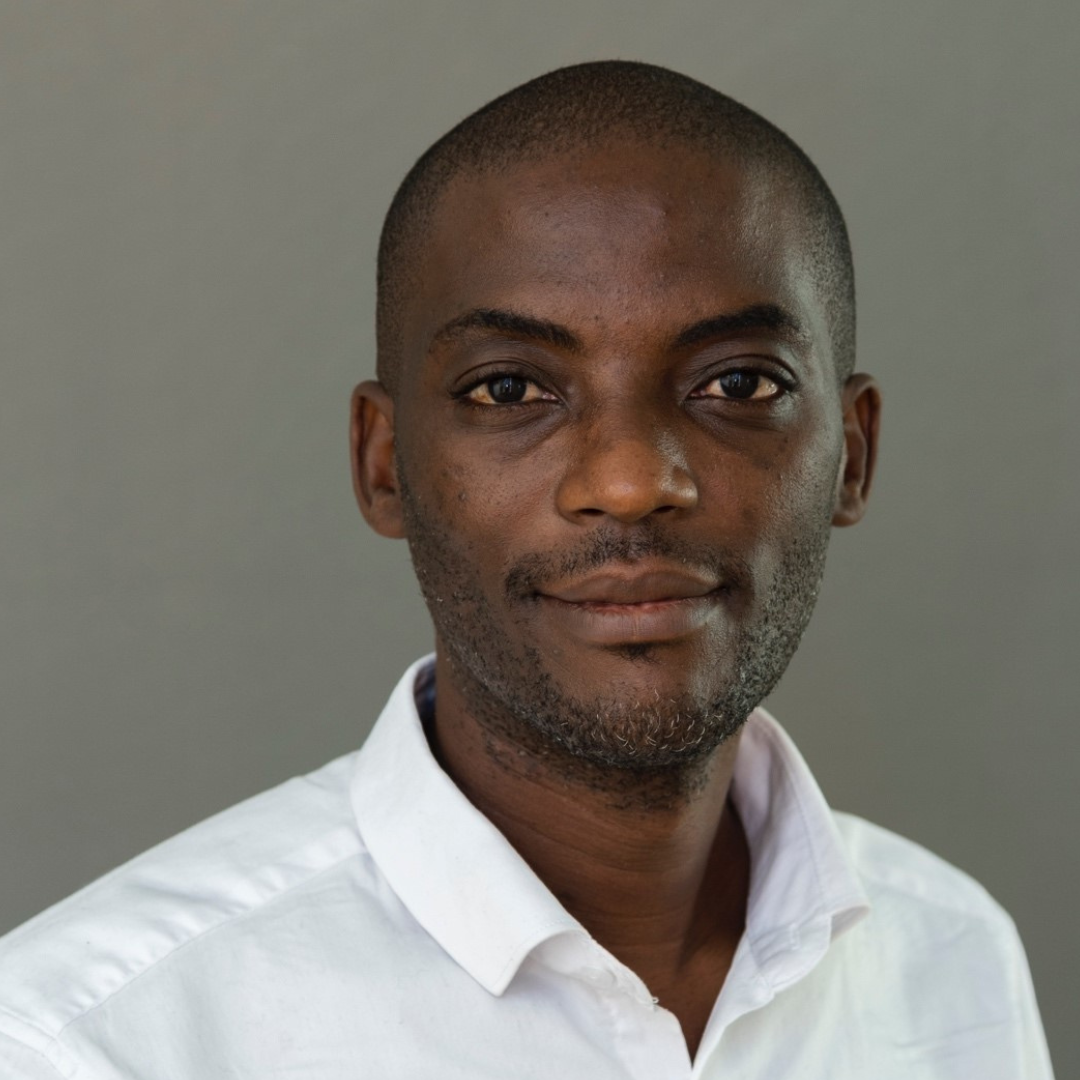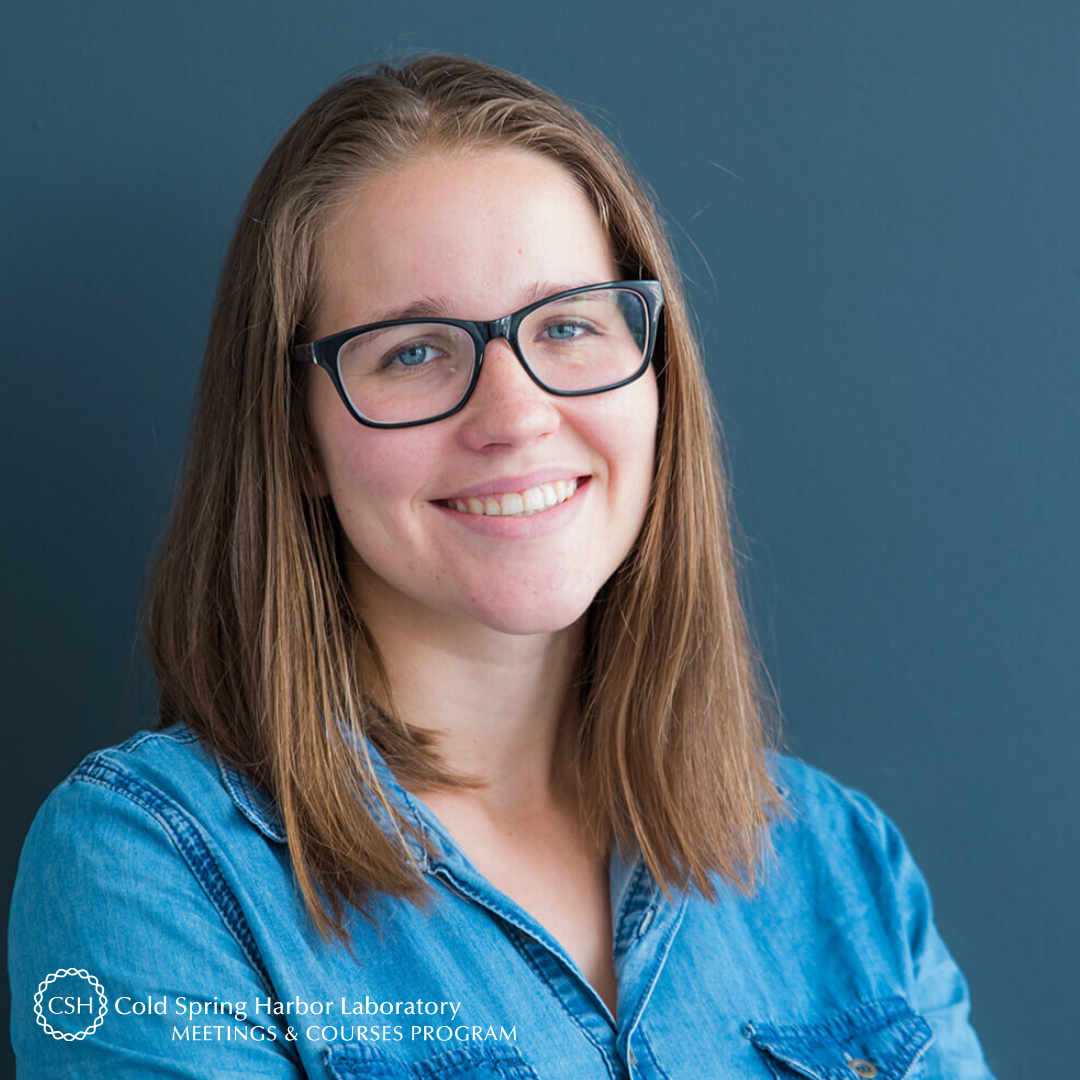Earlier this month, Cold Spring Harbor Laboratory hosted the tenth biennial meeting on Nuclear Organization & Function. We sat down with three of the four organizers -- Edith Heard, Tom Misteli, and David Spector -- to chat about how the nucleus continues to stay at the forefront of molecular biology and why this meeting should be on the radar of every specialist. The conversation opened with how the meeting and field have evolved since 1998:
David: When the meeting started, it mostly looked at specific proteins or genes, studying their dynamics in 3D, and learning about the dynamics and interactions of various nuclear bodies. Over the past two decades, the meeting has evolved to where the questions are now more centered on genome-wide analysis, whether it be by chromosome painting, Hi-C, or RNA-Seq techniques. We’re now looking at the nucleus in a more global sense: how functions take place in the nucleus, how the genome is organized, and how dynamics are altered upon changes in various physiologic states.
Edith: Since I first participated in this meeting in 2006, I have seen the evolution David mentioned. Before, it was still quite descriptive: types of bodies, types of RNAs in the nucleus, etc. There has indeed been a shift to the more genome-wide approaches that look at how chromatin is organized. People are also using all sorts of nice tricks to look at mutants and see whether these bodies, structures, and RNAs matter in more developmental and disease-type situations. And the imaging is just amazing now. It’s extraordinary how far one can go with these super resolution approaches, where the live imaging goes really well with the genomic information. To me, we’re seeing the beginning of a whole new era where we can visualize the 4D aspect of the nucleus.
Every time we discuss whether we should organize another nucleus meeting, we wonder if maybe things have gone beyond the nucleus. But actually the nucleus keeps being very much at the forefront when it comes to the questions that interest a wide community.
Tom: I first attended this meeting as a postdoc in 1998 so I see its evolution very differently. What’s the same is the realization that the nucleus is very complicated. I think we’ve made a lot of progress over the last twenty years but it still feels like we’re just scratching the surface. We have much better tools now, there’s no question about it, but it’s interesting that the tools are in a way similar: biochemistry and imaging…
Edith: And genetics.
Tom: And genetics. These have evolved and are now very powerful. Twenty years ago, I don’t think we ever felt we were going to solve this problem but now, because of the tools, there’s hope that we can actually do it. Something that struck me this year was the confluence of people thinking about different things. In the past, it was rare for somebody to talk about chromosomes, and then talk about lamins, proteins, or nuclear bodies. But now people think in a more holistic way.
David: Unlike most other meetings which focus on one aspect of the biology like chromatin, RNA, or nuclear export, this meeting encompasses all of those areas and more. It’s a more systemic evaluation and study of nuclear organelles, looking at all aspects and how they communicate with each other. It brings people from different fields together and so there’s a lot of cross talk at this meeting that, in and of itself, will provide avenues for advances.
Collectively, David, Edith, and Tom have attended eighteen CSHL Symposia. We were curious to hear their thoughts on the similarities and differences between their meeting and our annual symposium.
Edith: The symposia are one-offs that each explores a different topic, whereas this meeting is about continuity and community. Some of the postdocs who come to the meeting end up as PIs who eventually help run it.
David: Both have their advantages. The symposia are structured whereby speakers are all invited and are leaders in the field. It’s good to go to a meeting like that because a leader in a particular field will present very differently than a student or postdoc; there’ll be a lot of big picture insights into how the field should move ahead, so there’s a lot to be learned from that type of meeting. Here, the predominant speakers are students and postdocs. That’s also important because it gives them an opportunity to present their data and get exposure to PIs and colleagues. Attending and presenting at this meeting is sort of, in a way, preparation for having their own lab.
We next asked the organizers who they think should attend this meeting and why:
Tom: This is not a field dominated by a single expertise that will give you all the answers. Not everyone can do everything. So a geneticist probably doesn’t do biophysics, but they need to know the biophysics and that’s why I think this meeting is so important. Even though you yourself are a specialist, learning about other fields that are relevant to what you’re doing is absolutely beneficial.
Edith: The attendees all come here from different angles. They’re not necessarily nuclear experts, but they clearly share interests in understanding how the nucleus behaves and the influences that can happen in more in vivo settings.
David: In addition to initiating this meeting, I started a Cold Spring Harbor course called “Immunocytochemistry, In Situ Hybridization & Live Cell Imaging” in the 1990s. The course has evolved over the past 25 years and is now called Quantitative Imaging, but it’s still running. That course and this meeting go hand-in-hand. When those trainees participate in this meeting, they are able to see how the techniques they learned are being applied to answer biological questions.
Edith: Another aspect is that there aren’t many other nucleus meetings. And so this is a community of people who like to come back to the same place and re-connect with colleagues they met last time. People are attracted to this meeting and Cold Spring Harbor because of the community.
David: As Joe Gall always reminds me, this meeting is the home of the nucleus field.
Tom: It’s also very focused on students and postdocs. It’s a Cold Spring Harbor tradition to have a lot of postdoc and grad student speakers, so that’s a reason for especially students and postdocs to attend. This is also a great meeting for people who are not directly in the field to learn about the field. We’re seeing a lot of physicists, chemists, engineers who build microscopes, all getting into this field. I think this has something to do with the complexity and diversity of the question. So this is a great place for people to find out what the biological problem is and how they can apply their expertise and contribute. It really takes a village.
Edith: That’s true, how many other fields have attracted the mathematicians, physicists, and chemists? In biology? Not that many and yet they’re flocking to attack this particular set of biological questions.
We concluded our chat by asking about recent scientific developments they’re most excited about:
Edith: Right now I’m most excited by the ability to get both genomic and imaging information out of a single cell, and hopefully combine those to really look at the dynamics of nuclear function at every level from the molecule right through to the phenotype. The single cell approaches -- whether it’s imaging or extracting transcriptomes, Hi-C maps, or epigenomes -- the combination of the two is very exciting. You can suddenly see stuff that you suspected (or didn’t suspect!) was there.
Tom: Related to that, the appreciation of heterogeneity and variability between individual cells is exciting. As we said before, this is a very complex problem and so to study it, you simplify. But we’re beginning to realize that every cell is a little bit different and there’s no one way to organize the chromosomes. Because of technologies like single-cell biochemistry and imaging, we’re going to learn a lot about the fundamental principles of how these biological systems work. I think that’s where we’re going and I find that exciting.
David: I would like to see more work on disorder and plasticity. Most people always think, “This has to be super organized, it has to do this to work.” But I don’t think the cell works that way; from a human evolutionary perspective, that would be very dangerous. So I would like to see more of the general neighborhood that things can take place in, how much leeway is there, and what does it all look like in real cells and tissues, rather than in cultures that have been growing in a dish for 25 years. I think more work in that regard would be extremely insightful.
Edith: And a kind of hierarchy as well, to ask if a gene in a particular part of the nucleus at a particular time matters. We used to just watch and say, “Oh look it’s there!” But now we can address the question mechanistically and I think that’s amazing.
David: And “What if it was here, would it still work?”
Edith: Yes.
Tom: Also, we’ve been so busy looking at the fundamentals that we haven’t really applied the knowledge we have to disease models. We use disease as a model system, as natural experiments, but we haven’t truly explored nuclear structure in the context of disease, or in a systematic and focused manner that you can take into the clinic. There’s a lot to be discovered there.
On behalf of the organizers, we hope to see everyone back at CSHL for the 2020 Nuclear Organization & Function meeting taking place from April 28 to May 2.
For more conversations with other meeting organizers, check out the rest of our A Word From series.
Photo: Constance Brukin

























